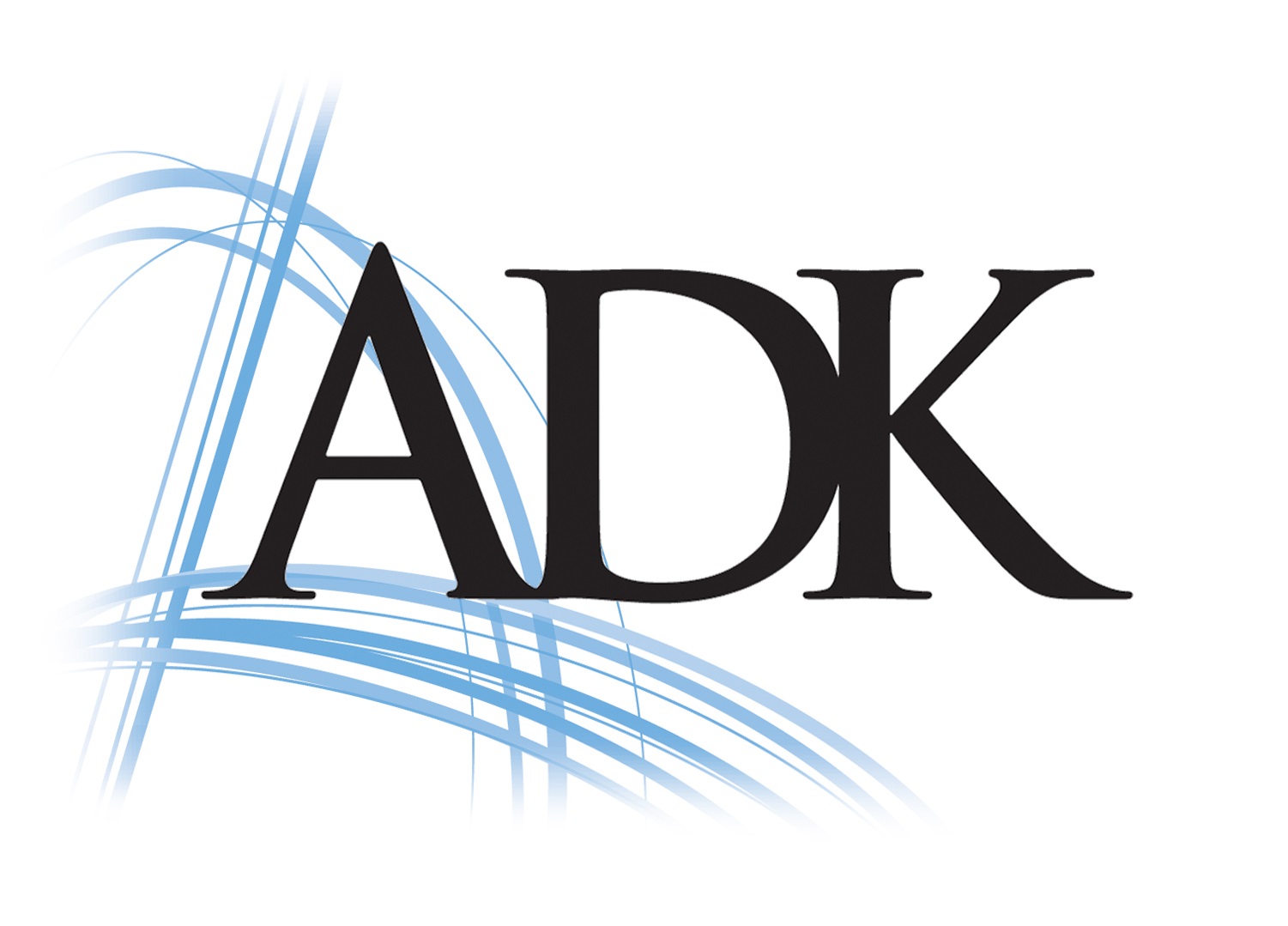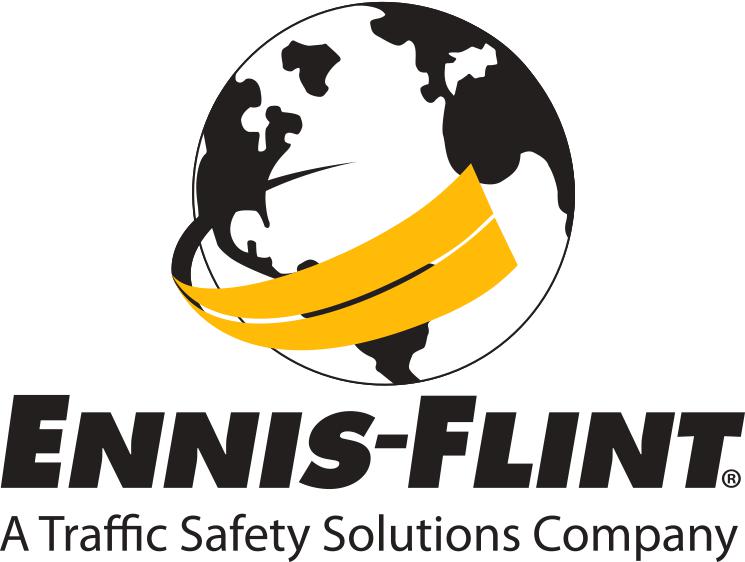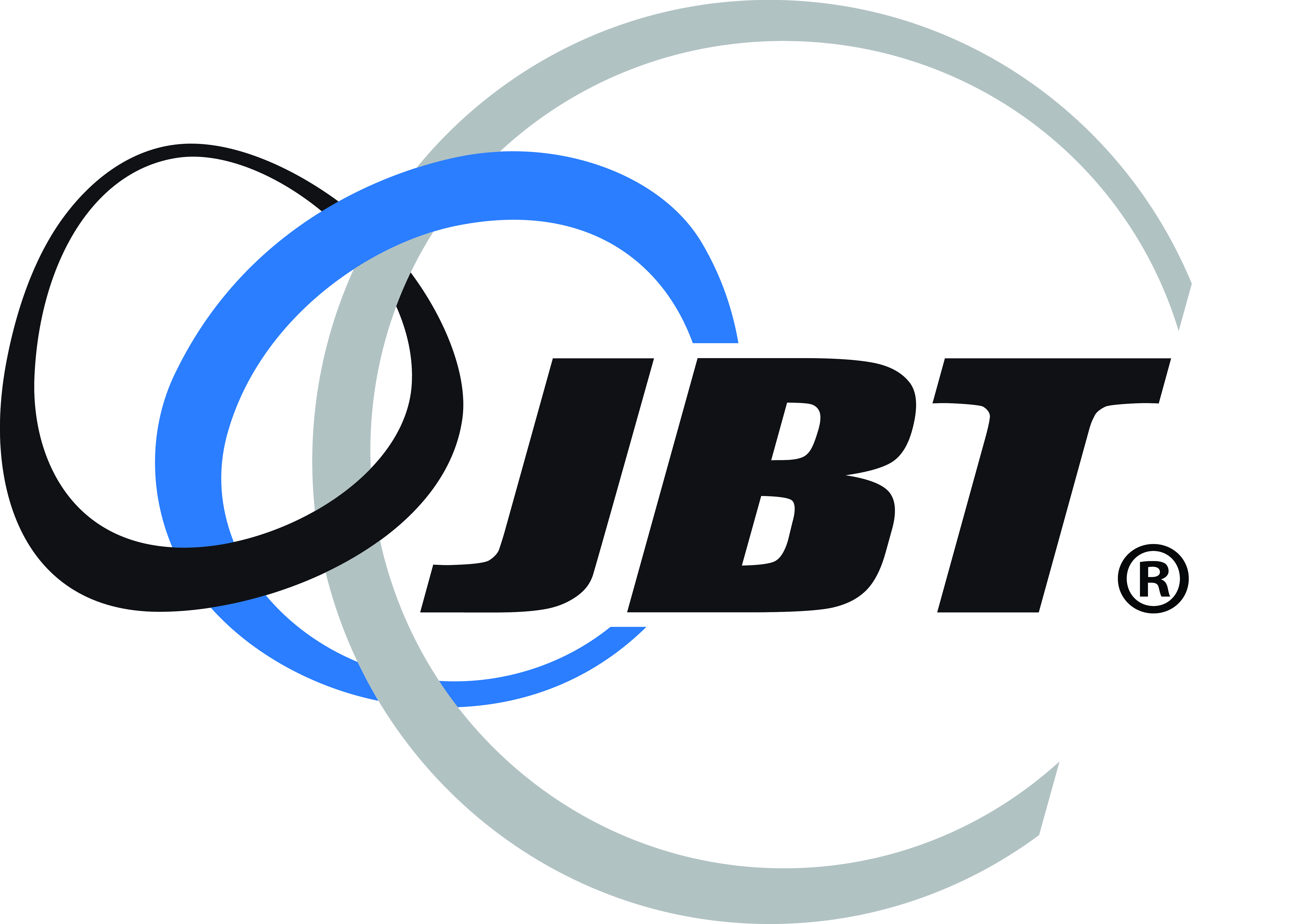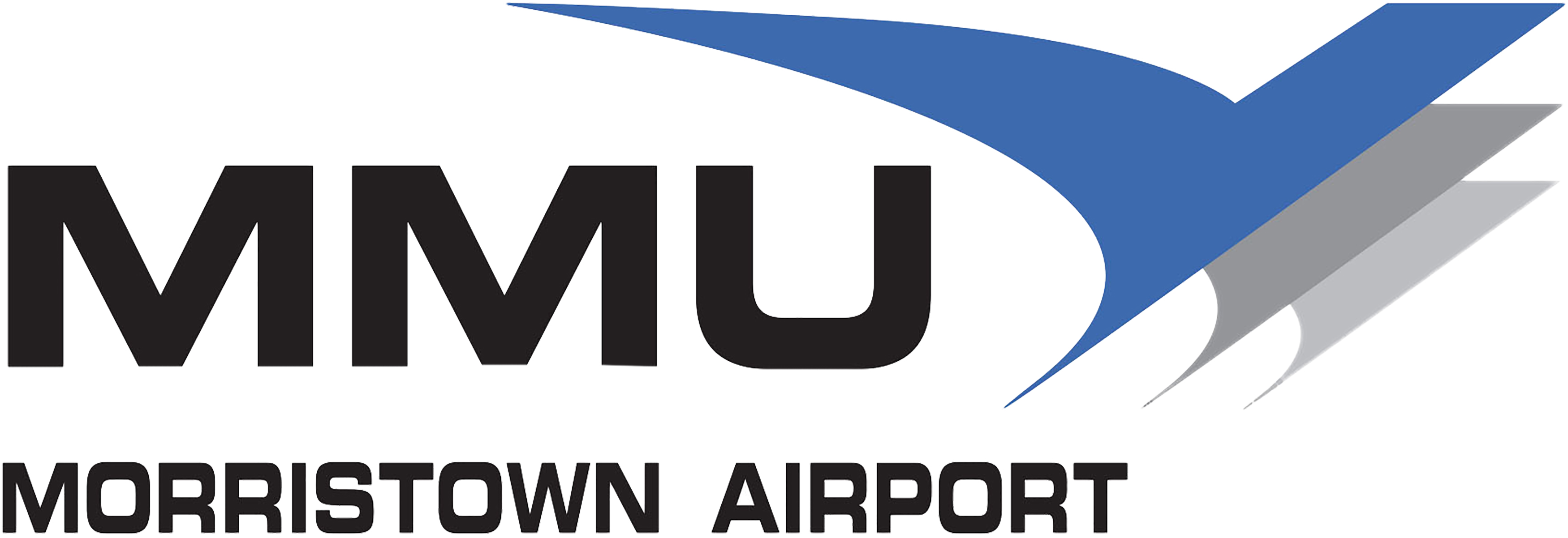2025 NEC Airports Conference
Accepted Speaker Presentations

Our final agenda including specific speaking dates and times will be uploaded to our website in the coming months. Until then, a snapshot of accepted speakers and sessions can be found below.
| Engineering Track |
|
| Lee Sutanto, PMP, CM |
Sustainable Pavement Materials and Construction Methods |
| Session Description: This presentation provides an owner’s perspective of sustainable pavement materials and construction methods available for airside and landside use. Several approaches were evaluated from a sustainability framework with practical metrics such as cost, Contractor and supplier availability in the Philadelphia region, and material durability. The result is a risk-benefit analysis approach to new and emerging sustainable technologies to inform decision-making for future project planning. |
| Elizabeth Denly |
Successful PFAS Mitigation of an Airport Stormwater Infrastructure System |
| Session Description: Our presentation will focus on the successful mitigation of PFAS contribution to stormwater. The area of interest was selected based upon release of analytical data to the public by the regulatory agency. Based upon that public release of data, a plan to modify stormwater infrastructure was prepared and implemented, resulting in reduction in PFAS contribution to stormwater from an aqueous film forming foam (AFFF) airfield emergency response by > 99%. The presentation will include evaluation of sampling and forensic results to assess mass transfer as a means of directing rehabilitation efforts to areas of highest PFAS mass infiltration to the stormwater system. The presentation will include three primary goals of the successfully completed work, PFAS sampling, analysis and evaluation, infrastructure upgrades, and prove-out sampling. •Early in the site wide PFAS investigation, TRC concluded that analysis of PFAS mass flux rate is far more critical and informative than more simplistic evaluation of FPFAS point concentrations. Calculation of mass flux rates, in coordination with PFAS forensic fingerprinting, clearly identified major infiltration sources within the 4,000 feet of stormwater piping in the area of interest, i.e., the vicinity of an historical AFFF emergency response to a plane fire. •The second goal was to effectively eliminate or minimize the infiltration of PFAS impacted stormwater / perched water into the stormwater infrastructure. Various technologies were evaluated, and CIP lining was selected as appropriate technology for this application. In addition to pipe lining, the benefit of performing manhole upgrades will be discussed, along with lessons learned when applying these proven technologies to eliminate/minimize the rate of PFAS discharging to airport outfalls.•The final portion of the project was to evaluate the effectiveness of the upgraded stormwater collection system. The evaluation includes performing PFAS stormwater sampling to represent discharge under various storm conditions that are likely to affect PFAS water quality associated with the use of AFFF at an historical airfield emergency response. Based on our site wide PFAS stormwater sampling results, TRC evaluated, high flow and low flow stormwater events’ dry weather flow, and probably the most critical condition - storm events that occur where saturated soil conditions pre-exist the storm events. |
Peter-Paul Dzwilewski, P.E.
|
Photographic Comparison of Pavements Over Time
|
| Session Description: While the metrics and data to evaluate pavement performance are important, understanding how specific distresses and pavement conditions change over time can be equally if not more valuable. This presentation provides a side-by-side comparison of exact distresses from two rounds of pavement management inspections for asphalt concrete and portland cement concrete pavements. Each pavement is unique and the performance over time is influenced by mix-design, construction methods, pavement structure, environmental factors, and use. Certain distresses will deteriorate rapidly, while other distresses will stabilize. By understanding the aging process of distresses, a better assessment of likely future conditions can be made such that appropriate maintenance, repair, and rehabilitation activities can be planned. |
| Chris Gubeno, P.E. |
TTN Terminal Planning and Design - Insights and Challenges
|
| Session Description: Trenton-Mercer Airport (TTN) began planning for a new replacement terminal in 2015 with the beginning investigations and data collection for the Master Plan. The Master Plan was completed in 2018 and the Environmental Assessment (EA) continued the planning and design process from 2018 through 2021. For both the Master Plan and EA, Urban Engineers, Inc. led the projects with the significant support of McFarland Johnson and other subconsultants. In 2022, Urban embarked on the design of the Terminal led by Urban Engineers and supported by PSH+ Architects. The new fourgate, 125,000 square foot facility was planned and designed as the replacement terminal for the existing outdated terminal. The new four-gate terminal is designed for Group III aircraft parked on a concrete apron with a single arrivals and departures roadway and a new 1,000-space parking garage. The single level arrivals and departures terminal includes a large public lobby area with ticketing, unsecure concessions, two baggage claim devices, and space for three rental car counters. The TSA checkpoint and passenger screening area connects to the airside hold rooms with concessions and modern amenities such as a lactation room, an adult changing room, a sensory room, and an automated exit lane with breach control. The baggage for the airport will be processed through a mini inline system. The terminal includes airport administration offices and local law enforcement offices as well as large mechanical and electrical rooms and equipment to serve the load within the building.The sessions will provide a case study on managing the Master Plan, EA, and Design Processes; coordination with external stakeholders; and managing change within the design. The environmental, planning, and design engineers and architects will provide insight into navigating the various tasks, submissions, and changes in the design that inevitably develop in complex buildings and sites.Participants will include managers and staff from Urban Engineers, Inc., McFarland Johnson, and PSH+. Session can be a single 90 minute or 2-45 minute sessions to separate the EA and Terminal Designs into separate meetings. A third session on environmental coordination and real world permitting - Stormwater, NPDES, and AFFF contamination- could be provided as well. |
| Jeff LaHucik, P.E. |
Owner and Engineer Perspective on Full-Depth Reclamation at Northeast Philadelphia Airport (PNE)
|
| Session Description: This presentation will cover the owner and engineer perspectives on the design and construction of Full-Depth Reclamation (FDR) with cement at Northeast Philadelphia Airport (PNE). Two of three construction packages have been completed for the rehabilitation of Taxiway L using this pavement rehabilitation technique which is the first-of-its-kind at PNE. The life cycle of this project's planning, design, construction, and post-construction structural evaluation will be discussed. The attendees will gain a better understanding of this pavement rehabilitation technique, engineer and owner considerations, and how it is implemented. |
| Wesley Major, FAA |
Research Update from FAA Airport Technology Research & Development Branch
|
| Session Description: The FAA Airport Technology Research and Development (ATR) Branch has supported the NEC Hershey conference for years through various presentations. ATR operates from the William J Hughes Technical Center for Advanced Aerospace located on the Atlantic City Airport in New Jersey. ATR’s work informs policies, standards, and regulatory guidance to meet the demands of increasing air traffic, new types of aircraft, and environmental factors. |
| Dan Offenbacker, FAA |
FAA Airport Pavement Research Update |
| Session Description: Presentation would include current research being conducted on airport pavements by the Federal Aviation Administration (FAA) Airport Technology Research & Development. Research areas being discussed would include the developments in pavement design & construction methods; a new tool to quantify greenhouse gas emissions during construction; and pavement performance monitoring and instrumentation. |
Alex Ollerman, PE, M.ASCE, CM
Alan Yazdani |
Pavement Management Program at BWI Marshall & Martin State Airports - New Technologies & Methods
|
| Session Description: Maryland Aviation Administration recently updated the pavement management program (PMP) at BWI Marshall and Martin State Airports. The program update included pavement condition surveys, structural strength analysis, and web-based PMP update using the latest PAVER software. All pavement areas managed by the administration was included in airside (runways, taxiways, and apron areas) and landside (roadways and parking areas) surfaces. As part of the project, nondestructive testing was conducted to collect data to develop the Aircraft Classification Rating-Pavement Classification Rating (ACR-PCR) recently mandated by the FAA. The new method requires all Part-139 certified airports to be in compliance with the ACR-PCR rating developed by the International Civil Aviation Organization (ICAO). In addition, a Laser Crack Measurement System (LCMS), using a high-speed Integrated Testing Vehicle (ITV), was used for applicable pavement areas to collect pavement distresses (cracks, spalling, etc.)The program also provided a 10-year capital improvement program for both airside and landside pavement assets which is currently being implemented at MAA airports.The co-presentation by the MAA and AECOM, will briefly review the PMP update process with a focus on the newly required pavement strength using ACR-PCR method, and LCMS technology for the pavement condition surveys. It'll also provide a brief demonstration of web-based PMP using PAVER software in the AIRPortal platform – a web-based database developed in-house by MAA. |
| Sean Slagle, EIT |
When Collaboration Meets Runway Rehabilitation
|
| Session Description: The session would discuss the Niagara Frontier Transportation Authority’s (NFTA) ongoing project to rehabilitate the primary Runway 5-23 at Buffalo Niagara International Airport (KBUF). An Airport Pavement Management Study was completed in May of 2019 and identified this project as KBUF’s number one priority pavement project. The project consists of three phases targeting the Runway 23 End, Runway 5 End and associated taxiway TW A.Runway 5-23 was last rehabilitated in 2006 in conjunction with the construction of the final Runway 23 End pavement extension, bringing the runway to its current length of 8,829 feet. The runway pavement became an on-going maintenance and safety concern within the last several years due to deteriorating pavement construction joints, reflective cracking, failure of underlying pavement structure and surface coarse wear, primarily within the first 6,000 feet starting at the Runway 5 End. Early design efforts identified three construction alternatives: pavement rehabilitation (primarily mill and overlay), full depth reconstruction, and new runway construction along with raising the Runway 5 End by approximately three feet to correct a non-standard runway condition. A hybrid solution of the alternatives was chosen after extensive collaboration amongst the stakeholders.This session provides a discussion with the stakeholders, including the FAA, DiDonato (design consultant), NFTA (sponsor) and Rifenburg (contractor), and the experience from their point of view centered around the follow topics:1. Project budget increased over the life of the project from $48,000,000 to $100,000,000 2. Communication was key to successa) Monthly meetings with NFTA and FAA NY ADO to coordinate efforts and identify needs3. NFTA conducted a cost benefit analysis of each alternative to assist FAA decision making 4. Schedule was the major constraint due to airline operations a) Required long term planning with airlinesb) NFTA held a Contractor Conference prior to letting to evaluate different schedule scenariosc) FAA NY ADO executed their first use of the Cold Weather Early Start contract provision to enable early material procurement to maintain schedule constraints5. Partnering: Rifenburg initiated partnering efforts at the commencement of construction Representatives from DiDonato, NFTA and Rifenburg have committed to participate in the presentation. |
| Todd Stevens, CFPS, SET |
Fire Protection Solutions for your next Aircraft Hangar
|
| Session Description: The typical Fire Protection Foam system for protecting Aircraft Hangars has come under environmental scrutiny over the last few years. The presentation will discuss the latest NFPA 409 (Standard on Aircraft Hangars) and the expected changes in the future. We will review other fire protection options that do not include foam and that are more environmentally safe. The specific fire protection system you select includes a lot of variables to the construction of a new hangar. We will discuss what questions to ask, what fire protection options are there, and what is the most costeffective fire protection solution for your next new build. |
| Derek Hollinger |
|
|
Because of the forecasted increase in cargo demand, the Susquehanna Area Regional Airport Authority (SARAA) had to expand its cargo aircraft parking area at the Harrisburg International Airport (MDT) in Pennsylvania. AECOM provided the design for the site work for a 52,000 SY concrete pavement expansion of the existing air cargo apron to accommodate four (4) new cargo aircraft parking positions. An integral part of the expansion was a new 3,500-foot-long storm drainage conveyance system, that included twin 60-inch inner diameter (ID) reinforced concrete pipe (RCP) storm drainage pipelines microtunneled underneath Runway 13-31, 10,001-feet in length by 200-feet in width, which was still in active use by Group V aircraft, some of which weighed over 1,000,000 pounds. To avoid disruption to the airport operations, the crossings of the proposed drainage pipes were installed using microtunneling methods with only 10 feet of cover between the runway and the microtunnel boring machine (MTBM) crown. To mitigate risk, we specified MTBM methods with cutterhead access, and an airlock, developed sharp baselines in the GBR to promote competitive bidding, implemented a continuous monitoring program of the runway using automated mechanized total stations and designed pre-excavation grouting program using microfine cementitious and chemical grout that involved 30 HDD bores each 550 feet long pit to pit, underneath the runway to install grout pipes on a 4-foot grid. The project was executed with the perfection of due diligence and innovation from its outset during the study phase, transitioning into the basis for collaborative Owner/EOR risk workshops, into the development of alternatives’ evaluations through detailed design/procurement in the refining of the preferred choice, and into strategic partnering among all contractors surmounting the challenges to complete the project ahead of schedule and below budget.
|
| Operations Track |
|
Patrick McKeown
|
Successful Transition of AFFF - Rebound, Timeline, and Waste Production Review |
| Session Description: ECT2 recently partnered with Naples Airport in Florida to transition their ARFF fleet to SFFF. ECT2 developed a cleaning solution that has produced industry leading rebound data at a fraction of the cost of other cleaning technologies. ECT2's process produces less liquid waste than a conventional triple rinse. We'll present on the data associated with developing the process, the lessons learned from transitioning the vehicles, and overall project costs and waste generation from a real world case study. |
| Ryan Bowe, GISP, PMP |
Getting Inclement Snow? How can Geographic Information Systems Help? |
| While the S in GIS doesn't stand for snow, geospatial science drastically improves airport snow removal. Several GIS tools for saving time money saving approaches to snow removal at airports will be discussed and demonstrated. |
| Management |
|
| Luigi Campanale, ESP |
Upgrading Regional Airports to Cater for AAM Services |
| Session Description: This panel will outline a case study of three regional airports located in Western Massachusetts—Westfield-Barnes Regional Airport, Westover Metropolitan Airport, and Worcester Regional Airport—in which we proposed implementing an array of UAM and UAS services and essential upgrades to existing infrastructure to accommodate them. Experts in the field will be invited to participate in the panel discussion that will be divided into the following:- 15 minutes of ex-cathedra presentation accompanied by slides- 20 minutes of a panel discussion with the experts- 10 mins of Q&A with the attending audience |
| David Dinneen |
Elevating Airport Management to New Heights (Panel Discussion)
|
| Session Description: This session will explore the future of airport management, at both large and small General Aviation Airports. The panel will discuss innovative approaches, including new communication techniques, advanced training tools to enhance employee efficiency, expanding mentorship programs, and fostering growth opportunities for young professionals. We will also examine the multifaceted role of airport managers, who often juggle many responsibilities. Topics will include strategies for employee retention, preparing for long, harsh winters, adapting to evolving Federal Aviation regulations, and, most importantly, ensuring the safety and security of the airport. |
| David Hafer, FAA ATO NAS Planning Team |
Airport Projects Coordination with FAA Air Traffic Organization and Reimbursable Agreements
|
| Session Description: Planning for projects that may affect FAA facilities, equipment, or infrastructure, time frames for contact with AT Lead Planner, types of projects requiring reimbursable agreements.Lead planners: Phil Barr, Mark Smith, David Haslett, David Hafer, Charles Thornton. |
| Edith Klimoski, M.S. |
Human Trafficking in Aviation: How to be Prepared
|
| Session Description: Human trafficking is a serious crime that occurs across the country and globe. Victims and perpetrators move through airports daily. We want you to be prepared to respond and be in compliance with the federal Human Trafficking Prevention Act of 2022 (H.R.7181) which is directed by the Secretary of Transportation. We will give you context on what human trafficking is, talk about myths and misconceptions, then give you our 4 steps to efficiently and effectively build your airport's response. |
| Scott Malta, AAE, CAE, Captain USAF (Ret.) |
Considerations for Hangar Development
|
| Session Description: So you want new hangars at your airport - why? Is your airport in order? This session will introduce or reinforce many of the considerations airport management and sponsors must be aware of as they move toward building or having hangars built on their airport. Many of the documents, reports, rules and other guidance airport managers should be aware of will be discussed. |
| Finance, Environment, Planning |
|
| Kevin Gurchak |
Management of Spent Aircraft Deicing Fluid |
| Session Description: Airports that generate Spent Aircraft Deing Fluid (SADF) are required to properly manage the material. This session would talk about what those opportunities are. |
| Shannon Doyle, PhD, GISP, PMP |
GIS and Aviation |
Session Description: Details TBD.This session will focus on strategic planning for GIS and Aviation and provide example use cases for GIS.
|
| Alana Miller |
Proven Full-Spectrum Solution for Subsurface Management of PFAS at Contaminated Sites
|
| Session Description: Per- and polyfluoroalkyl substances (PFAS) are challenging to eliminate due to their persistence and associated risks. A proven solution for subsurface PFAS management utilizes colloidal activated carbon (CAC) to mitigate these risks. Injecting CAC into the subsurface creates a 1-2μm activated carbon layer, forming a filtration zone that effectively removes PFAS from groundwater through sorption. This method, used successfully for decades, now extends to saturated and unsaturated secondary sources directly impacted by PFAS. Applying CAC in source areas prevents PFAS movement downgradient and allows for plume attenuation via various mechanisms. Source treatment with CAC immobilizes contaminants, reducing their influx into groundwater. This approach can be implemented quickly as a standalone solution or combined with a CAC permeable reactive barrier (PRB) downstream. Immobilizing the source extends the PRB's longevity, ensuring long-term PFAS management. Field case study data will demonstrate the efficacy of this comprehensive subsurface PFAS management solution.
|
| Hot Mix Asphalt |
|
| TBA |
TBA |
| Session Description: TBA |
|































